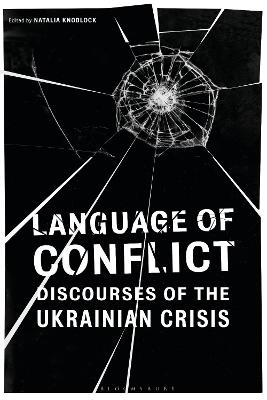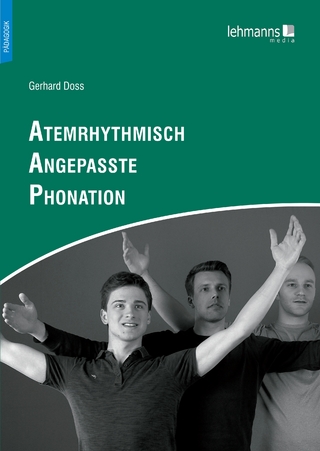
Language of Conflict
Bloomsbury Academic (Verlag)
978-1-350-19288-1 (ISBN)
Contributors from Ukraine, Russia and beyond investigate discursive representations of the most important aspects of the crisis: its causes and goals, participants and the values and ideologies of the opposing factions. They focus on categorization, stance, framing, (de)legitimation, manipulation and coping strategies while analysing the ways in which the stress produced by social discord, economic hardship, and violence shapes public discourse. Primarily focusing on informal communication and material gathered from online sources, the collection provides insight into the ways people directly affected by the crisis think about and respond to it. The volume acknowledges the communicators’ active role in constructing the (often incompatible) discursive images of the conflict and concentrates on the conscious and strategic use of linguistic resources in negative and aggressive communication.
Natalia Knoblock is Assistant Professor of English at Saginaw Valley State University, USA.
List of Figures
List of Tables
Notes on Contributors
Introduction, Natalia Knoblock
1. Discourses of Conflict: Cross-Linguistic Corpus-Assisted Comparative Discourse Study of Russian and Ukrainian Parliamentary Debates of 2014, Tatyana Karpenko-Seccombe
2. Metaphor, Identity and Conflict in Political Discourse: A Case Study of President Poroshenko and President Putin’s Speeches, Liudmila Arcimaviciene
3. The Image of the Ukrainian Crisis in the Polish-Language Media in Ukraine, Ewa Szkdlarek-Smiechowicz and Izabela Blaszczyk
4. Blended Names in the Discussions of Ukrainian Crisis, Natalia Beliaeva and Natalia Knoblock
5. The Antagonistic Discourses of the Euromaidan: Koloradi, Sovki, and Vatniki vs. Jumpers, Maidowns, and Panheads, Olga Baysha
6. The Ukrainian Nation – Stepmother, Younger Sister or Stillborn Baby? Evidence from Russian TV Debates and Related Political Sources (2013-2015), Daniel Weiss
7. Who are ‘They’ for Ukrainians in Ukraine and in the Diaspora? Othering in Political Discourse, Natalia Beliaeva and Corinne A. Seals
8. Discursive Practices in Online Media: Language Ideologies in Ukraine in a Time of Crisis, Alla Nedashkivska
9. Unrecognized Holidays: Old and New ‘State’ Traditions in the Self-Proclaimed Republics in the East of Ukraine, Yulia Abibok
10. Andriy Biletsky’s Ukrainian Order: Discourse, Actions, and Prospects of Democracy in Ukraine, Halyna Mokrushyna
11. The Art of the Insult: (Re)Creating Zaporizhian Cossacks’ Letter-Writing on YouTube as Collective Creative Insurgency, Alla Tovares
12. Non-Violent Humorous Resistance to Actual Fear in Texts of Blogs of Post-Maidan Ukraine (Linguistic-Pragmatic Aspects), Yaroslava Sazonova
13. Collective Representations of Ukrainian Refugees in the Russian and Ukrainian Press: A ‘Burden’ or a ‘Gain’? Ludmilla A’Beckett
Index
| Erscheinungsdatum | 28.01.2022 |
|---|---|
| Verlagsort | London |
| Sprache | englisch |
| Maße | 156 x 234 mm |
| Gewicht | 413 g |
| Themenwelt | Geisteswissenschaften ► Sprach- / Literaturwissenschaft ► Sprachwissenschaft |
| Sozialwissenschaften ► Politik / Verwaltung ► Europäische / Internationale Politik | |
| ISBN-10 | 1-350-19288-0 / 1350192880 |
| ISBN-13 | 978-1-350-19288-1 / 9781350192881 |
| Zustand | Neuware |
| Haben Sie eine Frage zum Produkt? |
aus dem Bereich


